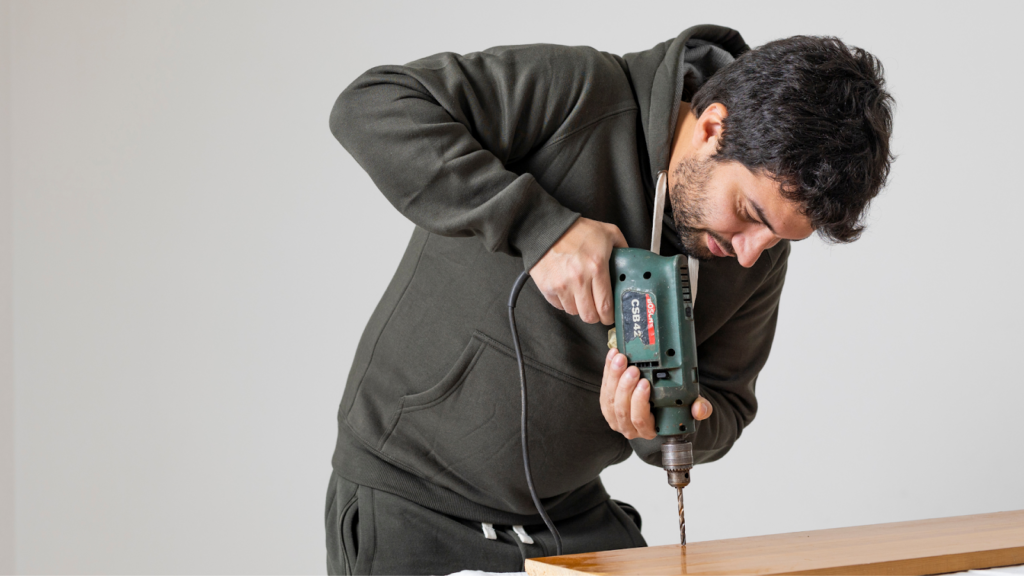
In the realm of consumer goods, the term ‘refurbishing’ often rings a bell. But what does it really mean? It’s more than just sprucing up an old item; it’s about giving it a new lease on life.
Let’s explore this concept further, diving into the heart of refurbishing and its impact on our world.
Refurbishing Meaning
Expanding on the insights provided from earlier parts of the article, this section focuses specifically on demystifying the concept of “refurbishing”.
The Basics of Refurbishing
Refurbishing offers a burgeoning avenue for breathing new life into used commodities. The term “refurbishing” itself sprouts from the action of cleaning, repairing, and updating different types of items, transforming them into something close to their original state. An eminent example can be found with electronics like laptops and smartphones which – after being repaired and restored – can regain significant value and usage potential.
Refurbishing vs. Restoring
Examining ‘refurbishing’ and ‘restoring’ positions them seemingly interchangeably, but the discerning observer will note differences.
Refurbishing primarily focuses on functional reparations, often coupled with cosmetic touch-ups to enhance item usability and aesthetics.
Restoring, on the other hand, steers towards reclaiming the item’s original appearance and functionality, often without modifying its inherent features.
The Process of Refurbishing
Refurbishing is not an off-the-cuff process, rather, it’s steeped in systematic evaluations, steps, and procedures. For clarity, let’s delve into the refurbishing process, beginning with an analysis of the item’s condition and subsequent refurbishing steps.
Assessing the Item’s Condition
Prior to refurbishing meaning, a detailed inspection is the first step. This initial assessment focuses on identifying any signs of damage, wear, or malfunction in the item. It involves checking the structural integrity and confirming the functionality; for instance, in a chair, they’d check for any loose joints or signs of rot.
Benefits of Refurbishing

Building on earlier discussions, referring to refurbishing practices and steps, it’s essential to discern the various benefits associated with this sustainable method. These benefits transcend personal gains, contributing significantly to environmental preservation and financial prudence.
Environmental Impact
Refurbishing contributes profoundly to environmental conservation, by reducing waste that stems from discarding semi-useful items. The process extends an item’s lifespan, circumventing the need for landfills to accommodate the waste.
Cost-Effectiveness
Financially, refurbishing stands as an attractive proposition for many. With fewer resources allocated to purchasing new items, one’s monetary savings increase significantly. As the procedure entails engaging the functionality of existing items, refurbishing does away with the need for purchasing entire replacements.
Embracing refurbishing is beneficial in more ways than one—it’s cost-effective, environmentally friendly, and an effective method of sustaining the longevity of items. Thereby, advocates for this practice promote a more eco-conscious, financially wise society.
Refurbishing in Different Industries

Refurbishing extends its benefits beyond singular items, impacting numerous industries with its sustainable practice. Varied sectors like technology, home decor, and automotive reap its advantages, allowing for restored functionality and enhanced aesthetic value of used items.
Technology and Electronics
Refurbishing finds vast applications within the technology and electronics industry. It allows for a more sustainable method to update devices and raises the product life cycle. Items such as laptops, smartphones, or gaming consoles often undergo refurbishing meaning. Technicians assess these items and fix any functional defects they may find.
Furniture and Home Decor
In the furniture and home decor industry, refurbishing is a crucial practice. High-quality pieces often feature sturdy construction and reliable materials that lend themselves well to refurbishment. Carpenters repair any structural issues, refinish surfaces, and even alter designs to create renewed, unique pieces.
Automotive Sector
The auto industry too benefits from refurbishing, particularly in terms of reviving used car components. Car parts, such as engines, transmissions and brake systems, undergo detailed inspections followed by a comprehensive refurbishing process. Mechanical functionality gets restored while aged parts are replaced, dramatically prolonging a vehicle’s utility.
Must Know
Refurbishing meaning, as this article has shown, is a sustainable practice that’s more than just fixing old items. It’s a systematic process that extends the life cycle of used goods, promotes cost-effectiveness, and supports environmental sustainability. By choosing wisely what to refurbish, one can breathe new life into vintage items, save on costs, and reduce waste. Its impact is felt across various industries, from technology to home decor and automotive. Whether it’s updating electronic devices, preserving sentimental furniture, or extending the utility of vehicles, refurbishing proves its worth.
